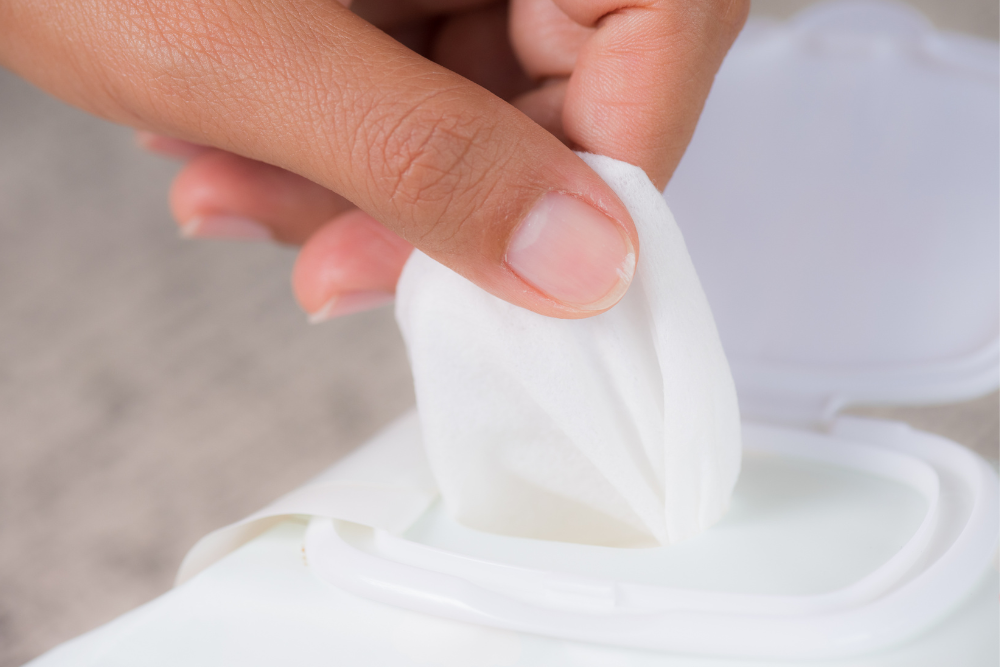How Eco-Laundry Products Reduce Environmental Impact

Furthermore, when focussing on commercial laundry – which is what the majority of readers here will be doing – it is even more important that the products being used are first and foremost effective and commercially viable but also kind to fabrics, the user and most notably the environment.
The reason for this is the sheer quantity utilised. With commercial laundry loads, considerably higher volumes of products are used, meaning if it is in some way damaging to the wider environment, this damage will be magnified. Likewise, the fabrics and clothes washed in commercial laundry loads will inevitably come into direct contact with the skin of operatives and clients alike – making safety and sensitivity issues ever more vital. Selecting the right ingredients at the outset is key!
Every detergent manufacturer uses proprietary ingredients to produce their specific brands. These ingredients can be manufactured from plants; others may be petroleum-based. It is the amount of each ingredient and how they are combined that impacts the efficacy of the detergent, sustainability and cost in use.
Making the small change to eco-friendly laundry products, particularly those powered by bio and eco technology, can make a substantial difference to a company’s environmental profile. But why, and how, are these highly effective products so much better for the environment?
Biotechnology
On the other hand, manufacturers of traditional and non-sustainable products often use harsher potentially harmful chemicals in order to produce effective products. Some of the more eco-unfriendly culprits include synthetic petroleum-derived detergents, phosphates, hydrogen peroxide, bleach, chelating agents such as EDTA/NTA and quats (quaternary ammonium compounds). All of these ingredients can have adverse effects on both the wider environment and the customer, with some being particularly damaging. For instance, phosphates possess a worryingly high level of aquatic toxicity, fuelling algae overgrowth, cutting water oxygen levels and having a devastating effect on marine life.
To give an example, when sourcing ingredients at BioHygiene, as would be expected of any manufacturer of sustainable cleaning products, it is important for them to make intelligent choices from the start - using readily biodegradable, sustainable, non-bio accumulative ingredients that achieve high performance with minimal human or environmental impact. Bio Hygiene's eco-surfactants are derived from renewable, sustainable, biobased resources including sugar, RSPO palm kernel or coconut oil that replace conventional synthetic surfactants and hazardous chemicals and achieve a reduced CO2e impact. They make use of a combination of Ecotech and Biotech ingredients, including sustainable plant derived cleaning and chelating agents, enzymes and a plant derived malodour adsorber and fragrance encapsulate, all with favourable ecotoxicity profiles and low health hazards. Industrial biotechnology has the potential to save the planet billions of tons of CO2 emissions per year and provide the foundation for a more sustainable future.
Sourcing of raw materials is carried out wherever possible in the UK, reducing transport-related CO2e. An absence of peroxides and bleach means that there are no on-site storage issues.
How They Work
In the eco-laundry range at BioHygiene, for example, a consortium of enzymes are used to tackle tough and complex food stains, in addition to grass, blood, faeces, urine and sweat stains. By breaking down organic stains, enzymes also provide effective odour control. Moreover, the enzymes not only cover all stain types, they help enhance colours – where many traditional products can leave colours looking dull and worn. Enzymes can also protect and help renew garments vulnerable to pilling leaving the fabric surface looking smooth and new, necessitating the need for synthetic optical brighteners.
Cleaning agents or surfactants break up stains and suspend dirt and prevent redeposition onto the fabric surface. They are one of the major components of laundry detergents so inclusion of a naturally derived sustainable option is pivotal for optimum environmental benefit.
Whilst the enzymes get to work in the detergent, plant derived odour absorbers in the softener bind to odiferous molecules, removing any remaining residual odours as well as encapsulating the fragrance to prolong its life.
The Benefits of Biotech
- Product Efficacy – First and foremost, a detergent needs to achieve the results that the user wants - laundry that is fresh, soft and clean after it has been washed. Biotech-powered products have the ability the do their job in a highly effective manner, whilst keeping fabrics, towels, sheets and uniforms looking new and un-perished.
- Environmental Profiles – It would be incorrect to claim that traditional laundry products don’t all to the job they said they do, however this efficacy comes at the cost of the environment all too often. As mentioned, by cutting out the harmful ingredients, biotechnology can reduce the impact that commercial laundry loads can have on our oceans and our general atmosphere.
- User Safety – Elements found in non-biotech, traditional laundry products have been linked to a range of ailments, including cardiovascular disease, kidney damage, skin irritation, lung irritation and cancers.
- Cost Savings – Many traditional laundry products require the need to wash at high temperatures. The enzymes in biotech products prevent this, ensuring savings on energy.
Watch this video to find out more about Bio Hygiene:
Making a Difference
When we look at anything on a commercial scale, we know that a greater volume of product is used and can therefore have a greater impact on the wider environment and impact more individuals.
Because of this, making the small switch to something that is sustainable can make a sizeable difference to any organisation’s environmental targets, whilst ensuring that both user and customer avoid contact with anything that could be damaging to their health.
If you would like to find out more about Bio Hygiene, and how they can help your business, fill out the form below.
